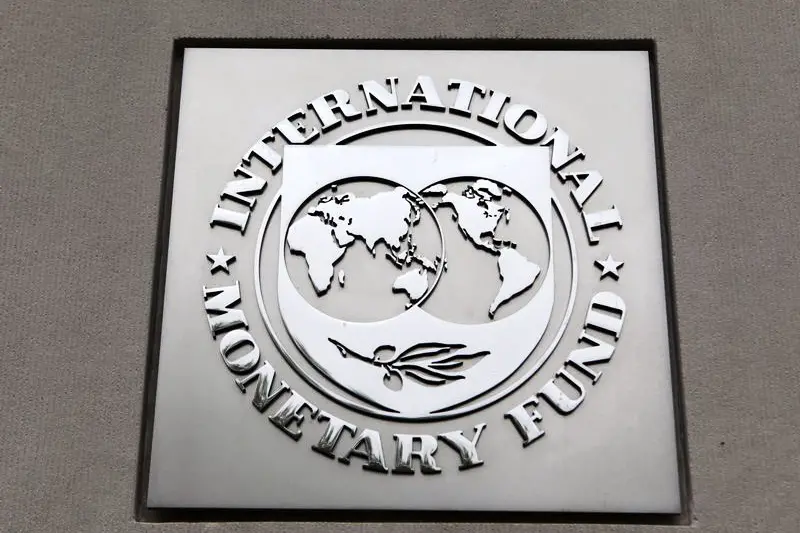PHOTO
By Satish Kanady
DOHA: Qatar’s plans to chart a course towards diversifying its financing sources has been well-appreciated by the International Monetary Fund (IMF). Commenting on Qatar’s ongoing efforts to tap the international debt market to plug the country’s fiscal deficits, the Fund said “such diversification of financing sources is appropriate given the greater absorptive capacity of international markets. This strategy will also help ease pressure on domestic banks to finance the deficits.
IMF noted in its latest edition of “Middle East and North Africa” regional economic outlook that the GCC and Caucasus and Central Asia (GCC/CCA) )countries will need to use alternative financing sources to cover the residual $250bn cumulative deficit to avoid any crowding out. The region’s deficit-financing options generally include the drawdown of government financial assets and issuance of domestic and foreign debt. After a significant withdrawal of financial buffers last year, a larger portion of the 2016 fiscal deficits, which amount to about $200bn, is likely to be covered by issuing debt . Qatar, Bahrain, Oman, , Saudi Arabia, and the United Arab Emirates (Abu Dhabi) have issued bonds and/or obtained syndicated loans in international markets this year.
The Fund noted that the GCC, CCA oil exporters, and Algeria face significant financing needs into the medium term about $680bn over 2016–21. The scale of these financing needs, coupled with the likely capacity of markets to absorb new debt, suggests that countries will need to continue combining asset drawdowns with debt issuance to meet these needs.
In 2015, the GCC, CCA oil exporters, and Algeria had an aggregate general government fiscal deficit of about $153bn, six times that of 2014 (of about $25bn), with most ($108bn) concentrated in the countries of the GCC. About 80 percent of these deficits were covered by drawing down financial assets, including deposits at commercial banks, limiting the recourse to debt. However, in 2016, GCC countries are expected to switch their relative use of assets and debt, with asset drawdowns expected to provide only about 20 percent of total financing needs.
In some cases, this reflects concerns regarding the impact of a sustained withdrawal of government deposits from the commercial banking sector on domestic liquidity conditions, while, for others, it reflects a desire to maintain high-return investments or keep precautionary buffers.
Overall, with the GCC, CCA oil exporters, and Algeria facing an aggregate fiscal deficit of $143bn in 2016, new borrowings are set to reach about $100bn.
This greater reliance on debt is reflected in a surge in issuance of marketable debt. While in 2015 about three-quarters of the debt raised, or $26bn, was in the form of marketable debt (including a record $4bn Eurobond by Kazakhstan and a $5.5bn syndicated loan by Qatar), $37bn had already been issued by August 2016.
International debt issuance has dominated in 2016 comprising close to 80 percent of the total issuance compared with slightly less than half in 2015. This includes a jumbo $9bn deal from Qatar, a $5bn deal from the United Arab Emirates (Abu Dhabi), Oman’s return to the Eurobond markets after a 19-year absence (with a $2.5bn deal), and a $10bn syndicated loan from Saudi Arabia, the report that authored well before Saudi Arabia’s announcement of the issuance of $17.5bn last week, noted.
© The Peninsula 2016












